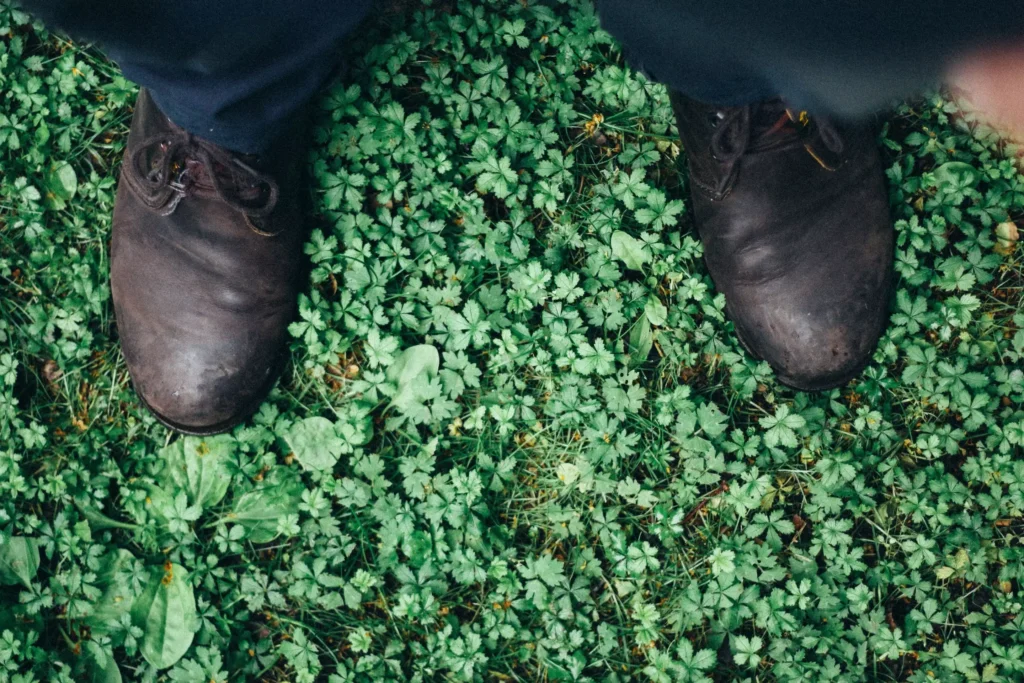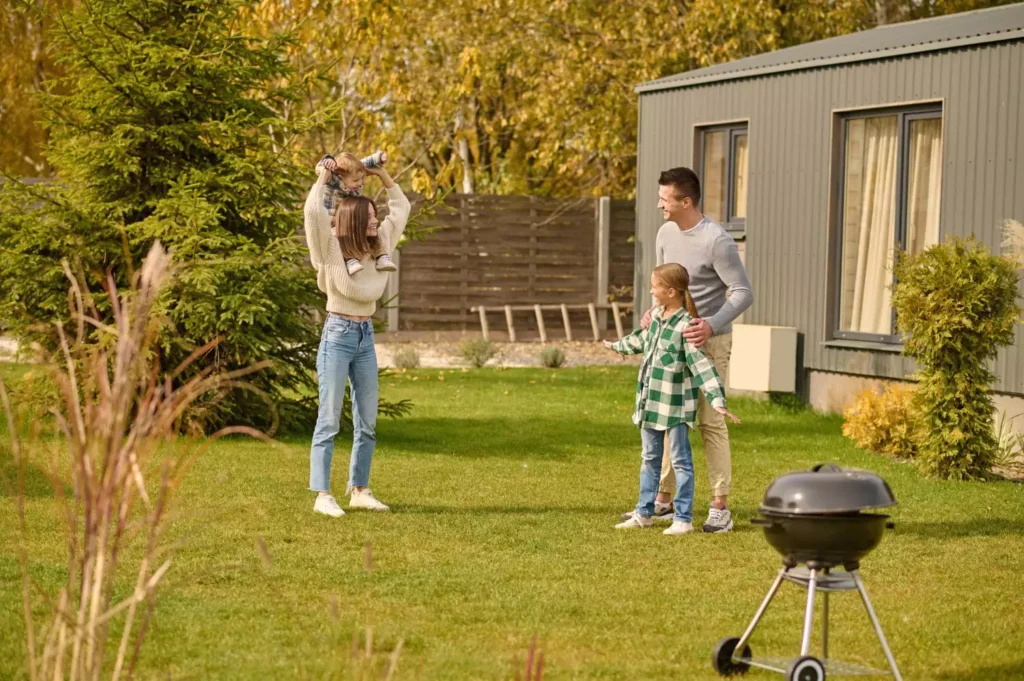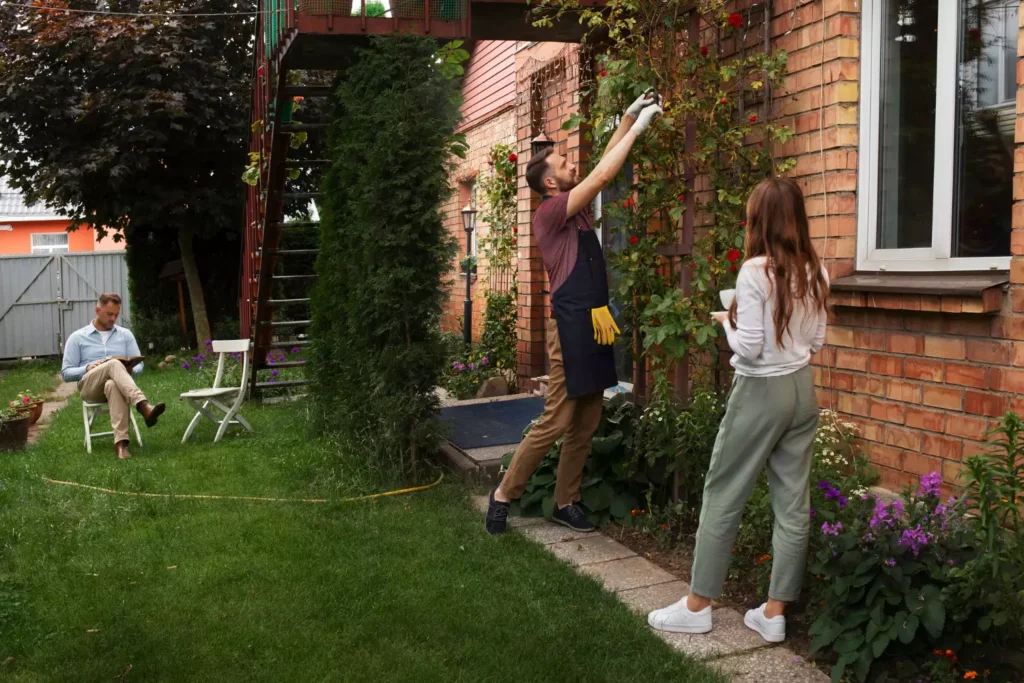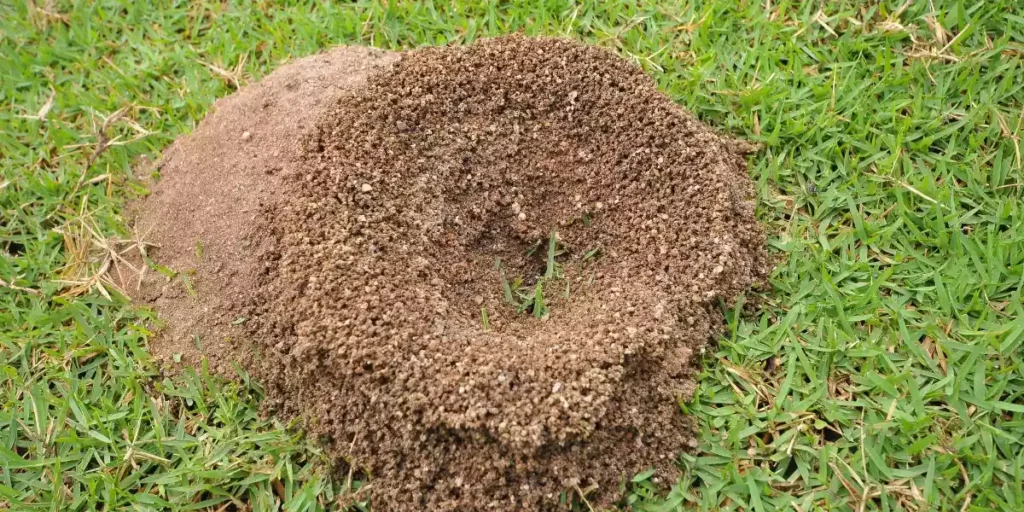Almost all types of organic waste make excellent compost material. Composting your household waste is a great way to do something useful for your plants while reducing your weekly production of household waste.
Composting kitchen waste is quite simple and doesn’t require much expertise. You just need to know that things like animal products and fats should not be composted!
A common misconception is to think that leftovers from your kitchen are sufficient to create rich compost.
To make compost from food scraps, you will need to combine them with materials found in the garden. Organic household waste contains a lot of nitrogen and is known as “green” composting material. Kitchen scraps need to be mixed with a lot of “brown” materials, which have a high carbon content.
In this article, you’ll learn the benefits of composting kitchen scraps, what types of materials can and cannot be composted, and how to easily start composting your food scraps.
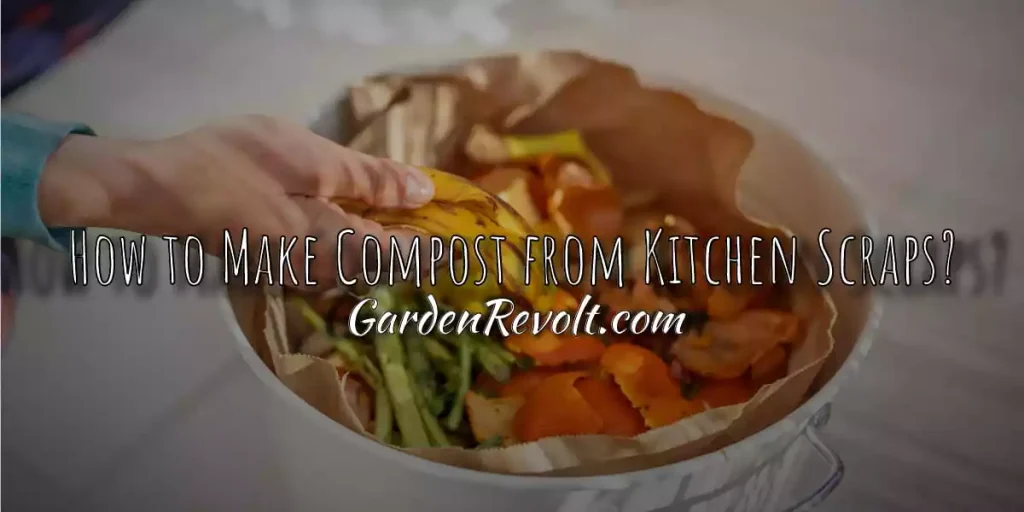
How To Compost kitchen waste?
I like to think of composting as nature’s means of recycling. Bacteria and fungi are used to break down organic waste and turn it back into the soil. A few inches of compost is enough to both nourish and protect your plants for an entire season!
So why waste this valuable resource?
Food leftovers are something we produce all year round. More than half of the daily waste produced by households is organic matter. All leftover fruits and vegetables, eggshells and other organic materials can be composted. You can even recycle old newspapers and paper materials.
What is Suitable for Compost?
There are plenty of things that are suitable for compost. From leftovers that the kitchen table, such as vegetables, fruits and their peelings, to paper materials, cardboard, leaves or branches.
You can even compost coffee and tea grounds, paper tea bags, and trimmed leftovers from flowers and plants. Cooked leftovers from dinner, stale bread, old spices and even eggshells.
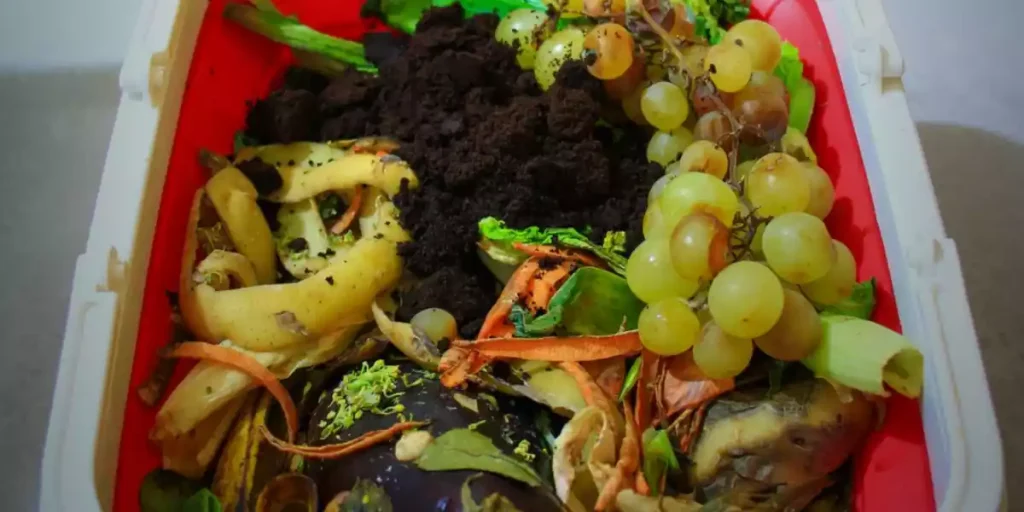
Also keep in mind brown materials, that is, things that contain carbon in them. Among such materials are brown paper, cardboard, wood shavings, leaves, sticks and twigs, grass, straw, and even needles and cones of pine and other conifers.
The list of materials suitable for compost is quite extensive and I have described it in a separate article.
Nevertheless, to compost properly, the material you choose must, above all, be biodegradable. But still, you should avoid certain types of scraps.
Foods that should not be composted:
- Meat
- Bones
- Other animal products (cartilage, fat, skin)
- Fish products
- Dairy products (milk, cheese, yoghurt, etc.)
- Animal waste
- All kinds of fats and oils
- Cooked foods (as they can attract wild animals)
- Sick/infected plants
These types of things decompose very slowly, cause smelly compost, or can attract rodents and other pests. Added to the compost, they can slow down the decomposition of all the other “good” ingredients and cause an imbalance in the compost.
Aside from these things, most kitchen waste can be composted. You can add any other organic matter to the compost pile.
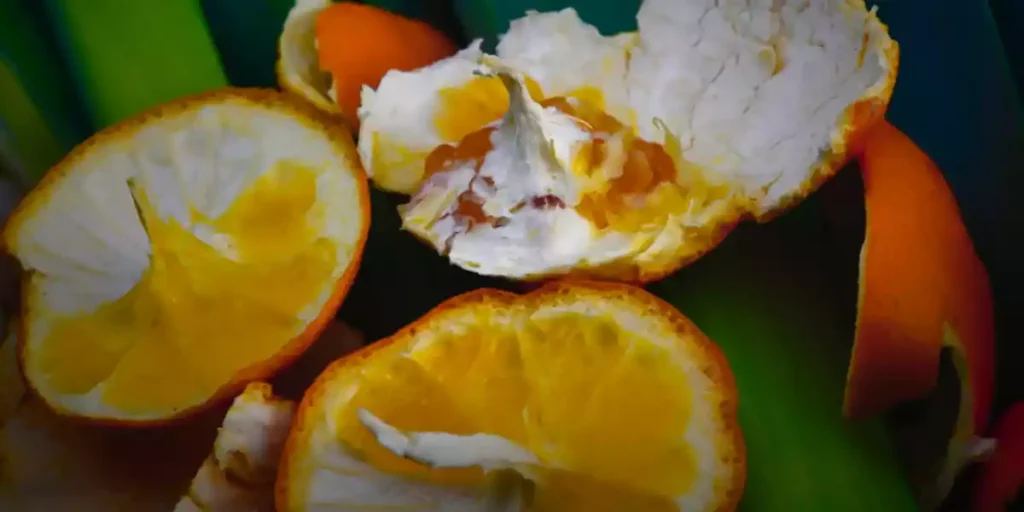
Can you compost citrus?
Unfortunately, the chemicals and acidity in citrus peels can kill worms and other microorganisms, which can slow down decomposition in your pile. Also, if you don’t chop them into small pieces, citrus peels can take ages to decompose, delaying the time when you can use your compost.
Unless you’re just occasionally tossing citrus peels into your compost pile, it’s not a major issue, but if you’re vermicomposting or have worm bins (which is an incredibly convenient and odourless way to compost if you live in an apartment), then things like citrus peels, onions and leftover garlic are off-limits because they will harm the worms.
You can also compost fruits and vegetables, even if they have spoiled or are starting to go mouldy. You can also compost almost anything that contains flour, such as pasta, crackers or stale bread. The same goes for cooked rice or barley. Even eggshells can go in there, as long as you grind them beforehand, as they are a source of calcium.
As for cooked food waste, remember the same rules as above. If they are of plant origin, they should be fine. But if they contain any animal products or a lot of oil, you should refrain from putting them in the compost.
Can Oranges Go Into Compost?
Oranges can be composted. Both, their pulp and peels are a good fit when combined with other materials correctly. Oranges add nitrogen, potassium and some additional phosphorus into the heap. It’s an enriching material that you can safely add to the compost pile.
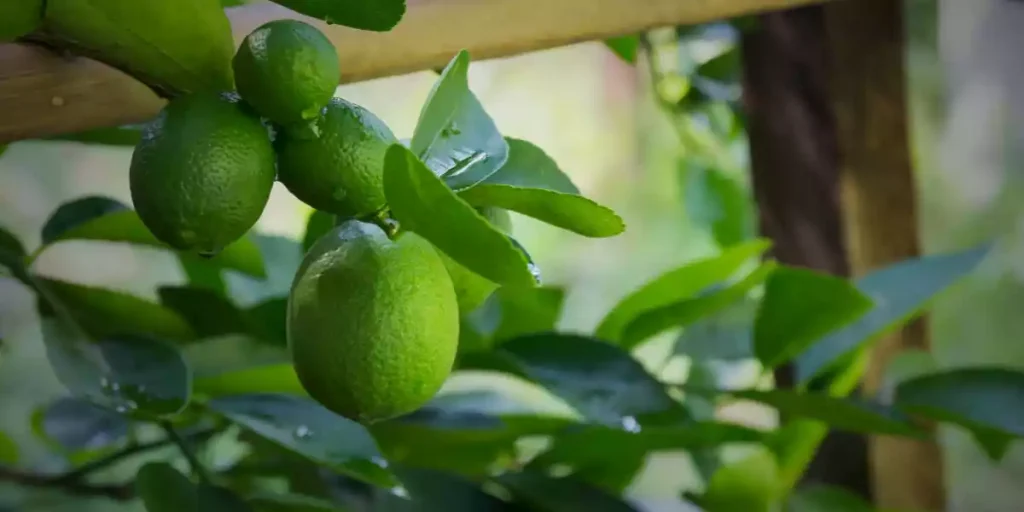
Can You Compost Limes?
Limes can be safely thrown into the compost heap. However, I advise chopping the limes beforehand. This is because their skins are slow decomposers. Remember that limes are acidic and overdoing acidic materials can lead to slowing down the whole composting process.
Food scraps alone will hardly make compost…
Make sure that when you add things to your compost pile, you have a good balance of both kitchen waste (green) and carbon-rich materials (brown).
Brown items include straw, hay, fine wood chips or sawdust. Dead leaves are an easily accessible source of brown matter. Dried leaves are best collected in autumn and used throughout the rest of the year. However, if you don’t have any organic brown matter on hand, you can also use shredded paper or cardboard.
How to compost kitchen waste in an apartment?
If you live in the city and don’t have any outdoor space, a special vermicomposter would be a good solution. If you don’t have a backyard, you may have trouble collecting enough brown organic matter to make a decent compost pile! That’s why a vermicomposter is a perfect solution.
No worries – these systems are completely odourless. The process can be done all year round, even in winter. All you do is feed the worms with your scraps, preferably chopped or blended.
Try putting your vermicomposter in a place that has between 10°C and 29°C. You’ll also need to add special worms, often called “California earthworms” (Eisenia fetida) or pink composters. You don’t have to put your entire yard upside down to get them – fortunately, they can be ordered online.
Using this type of composting container, you will end up with compost that looks like coffee grounds. This substance is five times richer than fertile soil and contains beneficial microorganisms. You can use this valuable compost for your potted plants and flowers, or as a medium to start seeding.
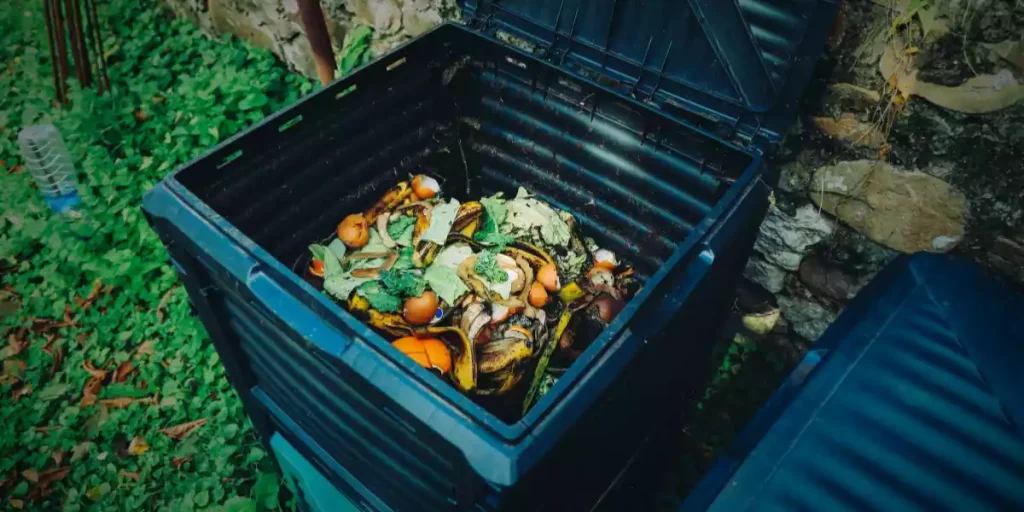
Drum / Rotary Composter
For those with some outdoor space who perhaps don’t want to spend too much time composting, a drum composter may be the best option.
However, this style of composting will require regular turning. The decomposing materials must have enough oxygen to do their job. One great advantage of these models is that they are very easy to aerate. You simply need to rotate them every few days. This requires neither digging nor swinging a shovel or pitchfork.
Those with larger yards may want to consider a more standard compost garbage can. When choosing the shape of such a composter, I recommend looking for one with a wide opening at the top for easy aeration. Ready-made compost bins that resemble the shape of a standing rectangle or a light triangle work well. You should also make sure it will have a well-fixed lid and a large enough opening at the bottom through which you can pull out the already finished compost.
How long does it take compost to turn into soil?
It takes about 40-60 days for materials in a smaller bin to fully decompose. In larger piles, it can usually take a year or more. In general, the more effort you put in, the faster you will get compost.
When the ingredients you put in the bin turn into a dark brown, earthy-smelling material, the composting process is complete. It is then best to leave it for a month or two to “mature” before it is used. Don’t worry if the compost is not fine and crumbly.
Even if it is lumpy, sticky or stringy, with bits of twigs and eggshells visible, it is quite usable. You can sift it before using it if that’s what you prefer. Large pieces can be put back into the new compost pile.
Depending on the number of peelings you can generate, you may need three or four of those compost buckets I mentioned earlier. You could compost continuously this way and not wait for the previous bin to finish its work.
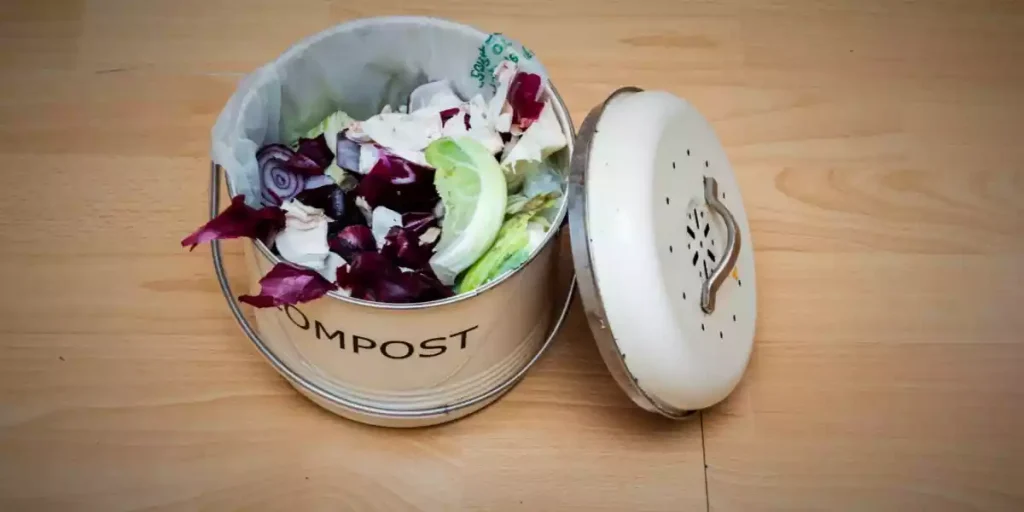
How to make an apartment composter yourself?
If you have a spare bucket at your disposal and do not want to spend money on a ready-made composter, you can make your own. It won’t be able to hold more compost, but such nutritious compost will always come in handy.
Drill several holes in the bucket on the sides and bottom. In such a way you can suspend the bucket above the ground. Air will have to get inside through the bottom hole. If this does not happen then the contents will become anaerobic. We must not allow this to happen. Place a tray or bowl directly under the bucket to catch the water dripping from the bucket. Such water is called compost tea. It can be confidently added to plants because it contains nutrients that are valuable to them.
Now and then, try to diversify the contents a bit with brown materials. Ideally, you should add them in different layers.
Stir the contents once or twice a week. This will help bring oxygen inside and speed up the decomposition process. If it gets too wet inside, add more dry leaves or paper. If it gets too dry, moisten the contents with water evenly.
Composting in the ground
One of the advantages of this method is that the composted materials remain cool and moist in summer and warmer in winter, which aids the decomposition process. You can dig such a compost pile in your garden or a residential garden if you have one while living somewhere in the city.
To compost in the ground, you need to dig a hole about 30-35cm deep and bury the scraps in it. Try to do this in layers of “green” and then “brown” materials. Once buried, anaerobic bacteria will start the decomposition process, and worms will help digest the food scraps. Once everything has decomposed, you can dig up the resulting compost and apply it to your garden or pots.
Some people deposit the leftovers in long trenches. However, if you do this, make sure you leave them to decompose for a longer period so that the process destroys harmful bacteria. I suggest leaving all buried material for one or even two seasons.

